The return of the Old Man
10,000 Birds
FEBRUARY 23, 2024
Storks, Ibises and Spoonbills goes on to give greater detail of the former nesting sites in Europe: it could once be found “in southern Germany and Austria, in the valleys of the upper Rhine and Danube Rivers, and in the Alps of Switzerland, Italy and Germany, and perhaps in Hungary and Greece”.

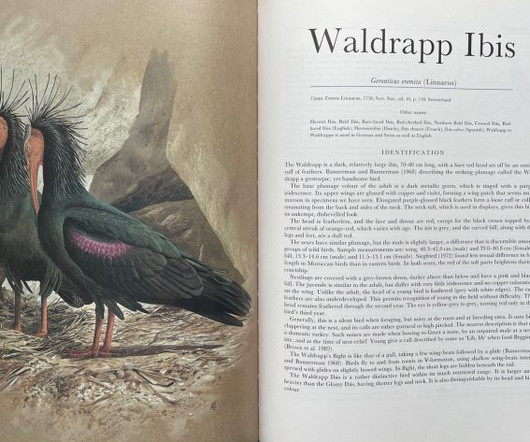
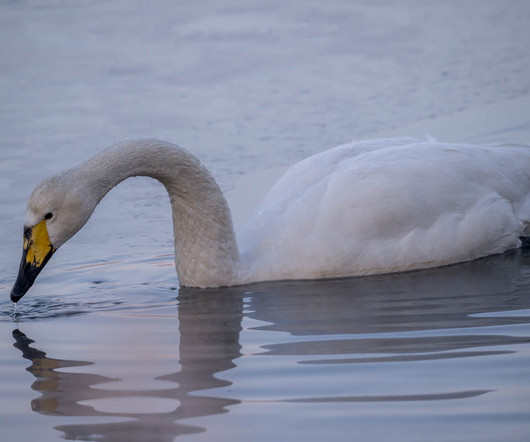
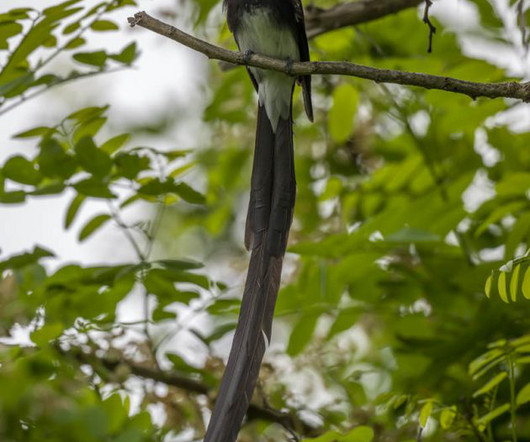


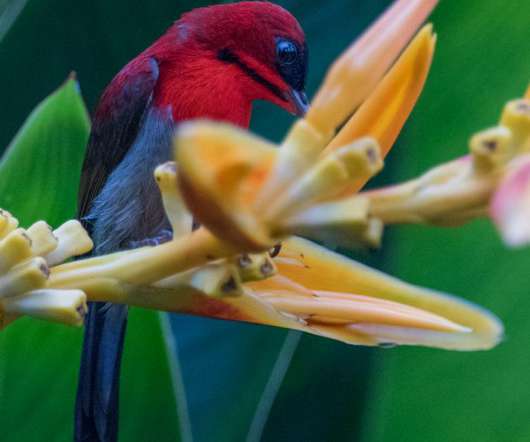
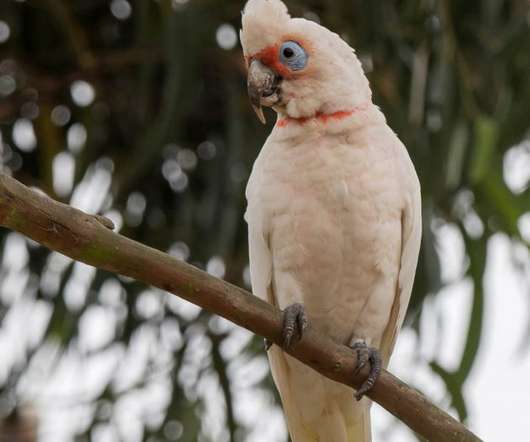
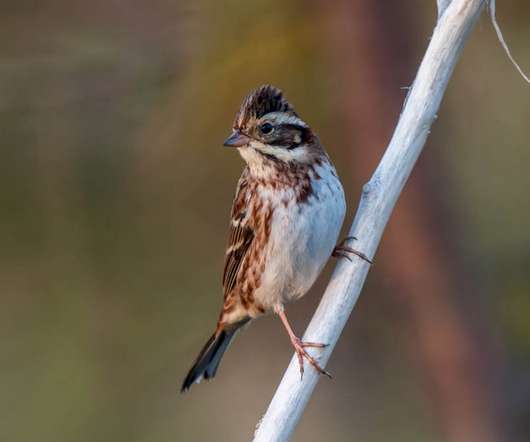





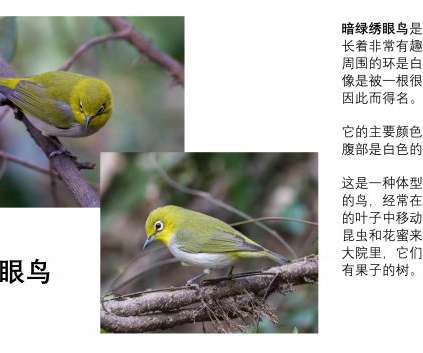





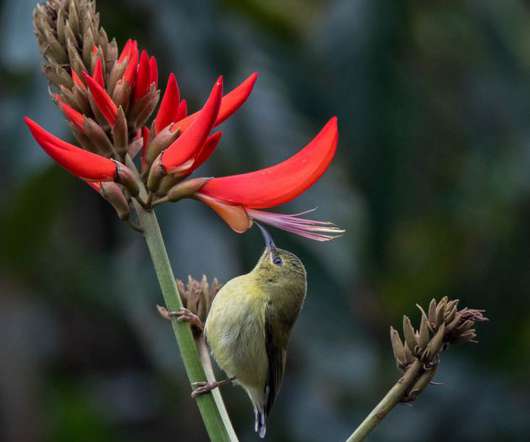
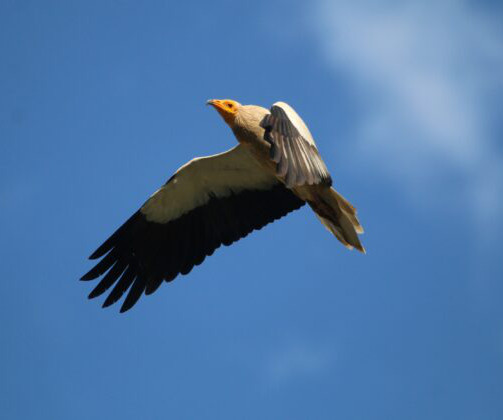



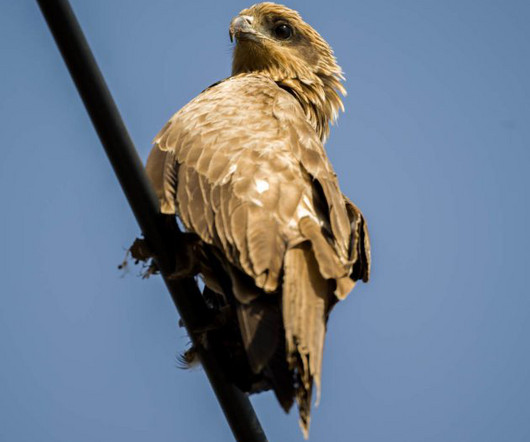
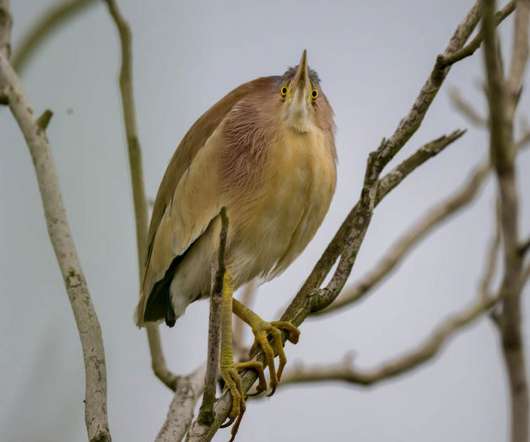
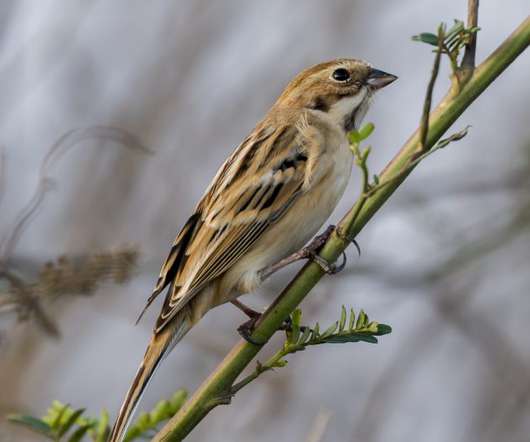






Let's personalize your content